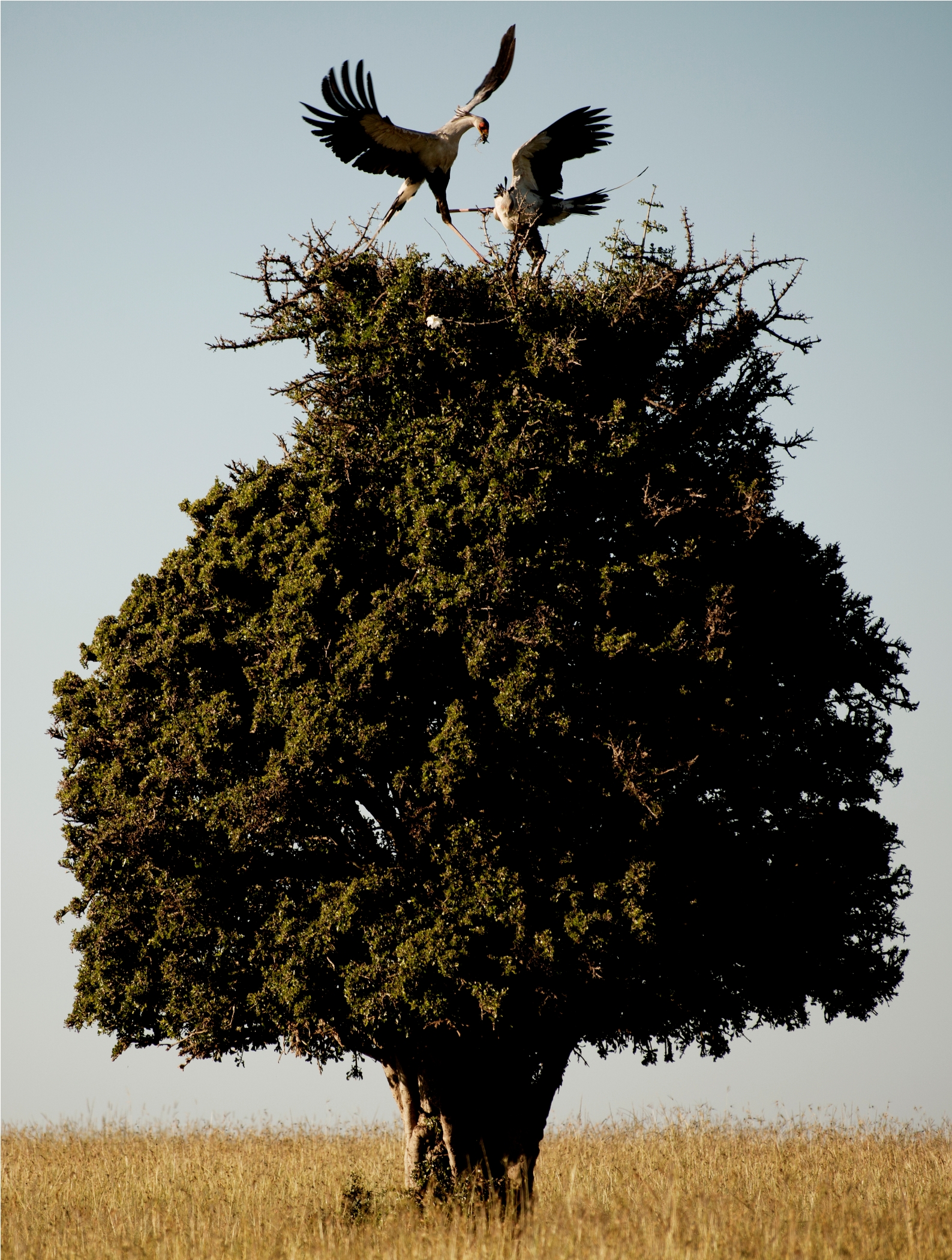
BIRD WATCHING IN MASAI MARA
Bird watching is an important element of every game drive and with over 1,290 bird species endemic to East Africa, watching birds’ behavior in the Masai Mara is really an adventure on its own. Masai Mara is known worldwide for its abundance and variety of wildlife, in particular the big cats but the Masai Mara’s birdlife, although less well known is equally impressive. Karen Blixen Camp is a great birding site with unique bird species. You can expect to see many different species from the larger cranes and bustards to the colorful rollers and bee-eaters.
In addition, most of our tour guides are experts in birding and have vast knowledge of the birds within the conservancy. If you come for bid sighting, our guides are always there to assist with the skills they have built over the years. In this article, one of our tour guides, Jack, takes us through some of the marvelous bird species he came across on one of his recent bird sightings.
- Male & Female Saddle Billed Stork


The saddle-billed stork has several noteworthy facts that contribute to the uniqueness of one of the continent’s most beautiful characters. Chances are if you are in Karen Blixen Camp, you will be able to see this fascinating bird for yourself. Female storks have yellow eyes while the males have dark eyes, red feet, and a small waddle (underneath his beak), otherwise the two sexes are identical.
They are silent except for bill-clattering at the nest. Like most storks, these fly with the neck outstretched in flight, the large heavy bill is kept drooping somewhat below belly height, giving these birds a very unusual appearance to those who see them for the first time. To experienced birdwatchers on the other hand, this makes them easily recognizable even if seen from a distance. They are found singly or in pairs at rivers and large undisturbed wetlands, foraging for favorites like catfish, but it will also take frogs, birds, and insects.
- Lilac Breasted Roller

The lilac-breasted roller is a beautifully colored African bird distributed in sub-Saharan Africa. It is well known for its acrobatic aerial displays during the breeding season. During the breeding season the male will rise to a fair height, descending in swoops and dives, while uttering harsh, discordant cries.
The male and female lilac are different in coloration, and the juveniles lack the long tail streamers of adults.
- Wattled lapwing

The African Wattled lapwing is a large, brownish lapwing with a black crown, white forehead and large yellow facial wattles, the tail is white, tipped black, and the long legs are yellow. It attracts attention with a loud “peep-peep-peep” call.
- Little Bee-Eater

It is the smallest bee-eater species in Africa with a length of 15-17 cm. They are often found in open habitats with adequate bushes and small trees, preferably close to a water source. They are either solitary or in small groups as they hunt prey perched on low and often bare branches. Main diet is bees, wasps, hornets and other small insects.

